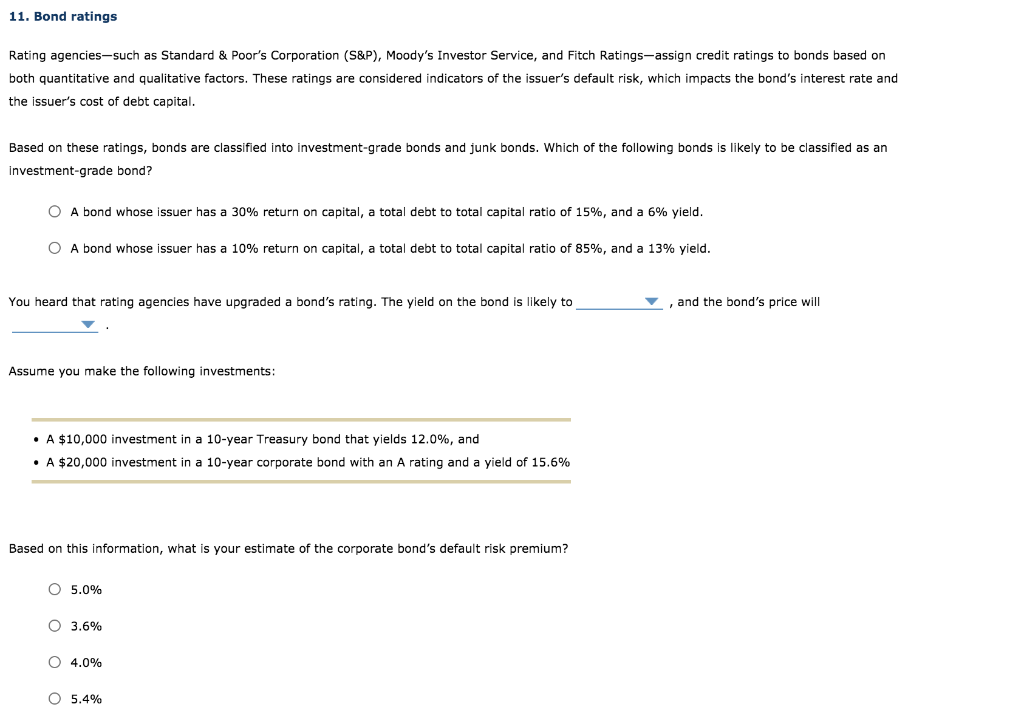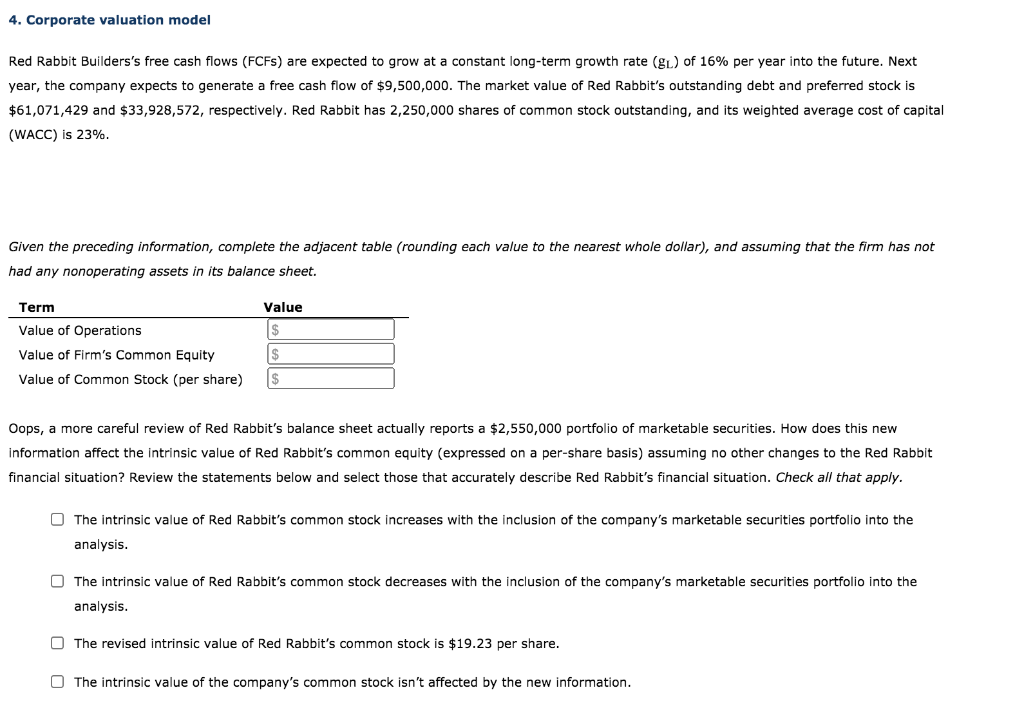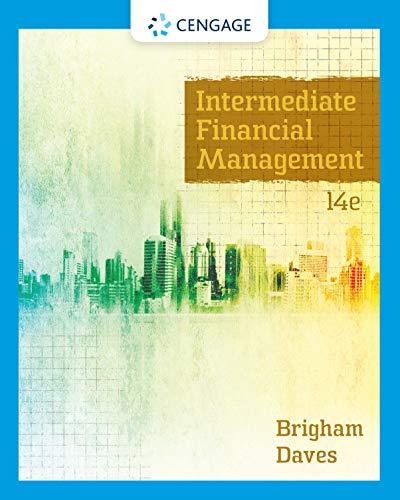
 this is a TWO part question. if you can not answer both parts do not answer at all and please allow another expert to do so. thanks
this is a TWO part question. if you can not answer both parts do not answer at all and please allow another expert to do so. thanks
11. Bond ratings Rating agencies-such as Standard & Poor's Corporation (S&P), Moody's Investor Service, and Fitch Ratings-assign credit ratings to bonds based on both quantitative and qualitative factors. These ratings are considered indicators of the issuer's default risk, which impacts the bond's interest rate and the issuer's cost of debt capital. Based on these ratings, bonds are classified into investment-grade bonds and junk bonds. Which of the following bonds is likely to be classified as an investment-grade bond? O A bond whose issuer has a 30% return on capital, a total debt to total capital ratio of 15%, and a 6% yield. O A bond whose issuer has a 10% return on capital, a total debt to total capital ratio of 85%, and a 13% yield. You heard that rating agencies have upgraded bond's rating. The yield on the bond is likely to , and the bond's price will Assume you make the following investments: A $10,000 investment in a 10-year Treasury bond that yields 12.0%, and A $20,000 investment in a 10-year corporate bond with A ratin yield of 15.6% Based on this information, what is your estimate of the corporate bond's default risk premium? O 5.0% O 3.6% 04.0% O 5.4% 4. Corporate valuation model Red Rabbit Builders's free cash flows (FCFS) are expected to grow at a constant long-term growth rate (gl) of 16% per year into the future. Next year, the company expects to generate a free cash flow of $9,500,000. The market value of Red Rabbit's outstanding debt and preferred stock is $61,071,429 and $33,928,572, respectively. Red Rabbit has 2,250,000 shares of common stock outstanding, and its weighted average cost of capital (WACC) is 23%. Given the preceding information, complete the adjacent table (rounding each value to the nearest whole dollar), and assuming that the firm has not had any nonoperating assets in its balance sheet. Term Value of Operations Value of Firm's Common Equity Value $ $ $ Value of Common Stock (per share) Oops, a more careful review of Red Rabbit's balance sheet actually reports a $2,550,000 portfolio of marketable securities. How does this new information affect the intrinsic value of Red Rabbit's common equity (expressed on a per-share basis) assuming no other changes to the Red Rabbit financial situation? Review the statements below and select those that accurately describe Red Rabbit's financial situation. Check all that apply. The intrinsic value of Red Rabbit's common stock increases with the inclusion of the company's marketable securities portfolio into the analysis. The intrinsic value of Red Rabbit's common stock decreases with the inclusion of the company's marketable securities portfolio into the analysis. The revised intrinsic value of Red Rabbit's common stock is $19.23 per share. The intrinsic value of the company's common stock isn't affected by the new information

 this is a TWO part question. if you can not answer both parts do not answer at all and please allow another expert to do so. thanks
this is a TWO part question. if you can not answer both parts do not answer at all and please allow another expert to do so. thanks





